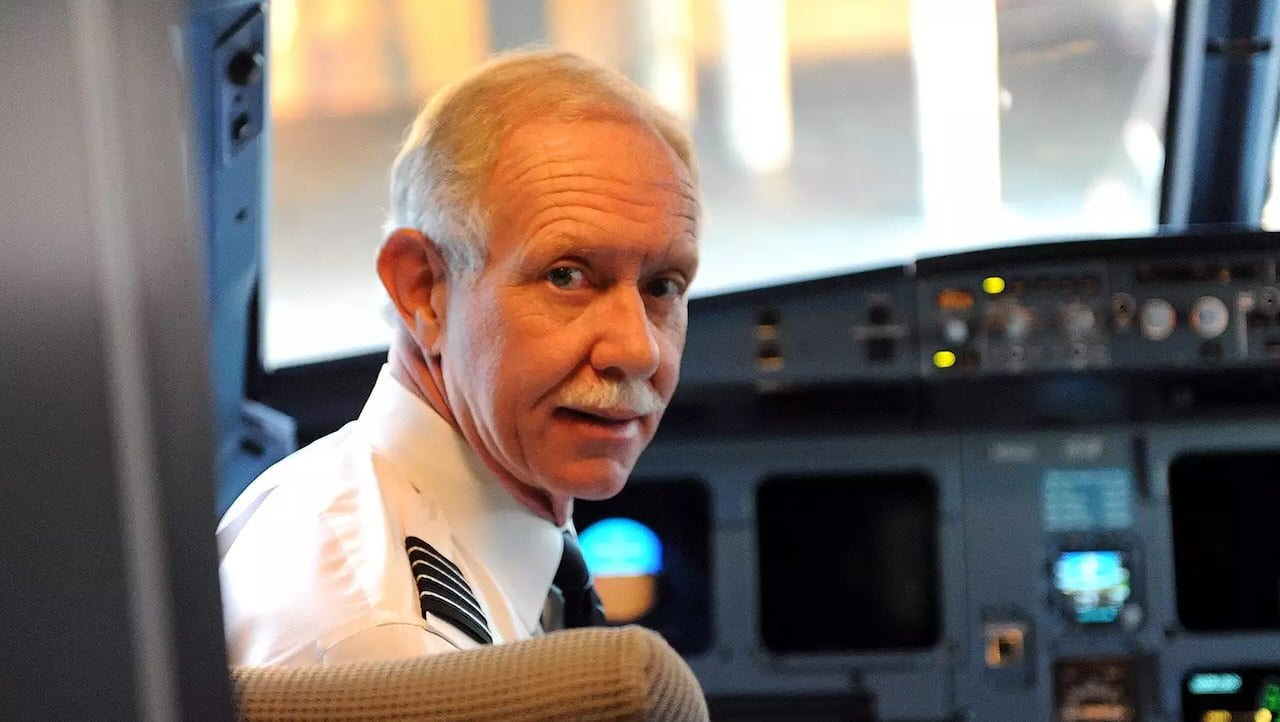Hero Pilot Captain Sully Sounds the Alarm on DC Plane Crash: What Went Wrong?
When Captain Chesley “Sully” Sullenberger, famed for his heroic emergency landing on the Hudson River in 2009, shares his thoughts on aviation safety, the world listens. After the tragic plane crash near Washington, D.C., which claimed 67 lives, Sully raised an important concern: nighttime flights over water and their inherent dangers.
The Dangers of Flying Over Water at Night
Sully emphasized that flying over large bodies of water at night presents unique challenges. Unlike land, where pilots can use city lights and landmarks for orientation, water offers no visual reference points. This lack of ground illumination makes it extremely difficult to gauge altitude or distance between aircraft, increasing the risk of accidents. “All you can see are the lights on the planes,” Sully explained. “At night, it’s easy to misjudge proximity.” This limited visibility can lead to disastrous outcomes if pilots rely on visual contact, particularly when flying in such complex environments.
Air Traffic Control’s Role
One question that arose after the crash was whether air traffic control (ATC) could have intervened to prevent the collision. While ATC plays a crucial role in guiding aircraft and maintaining separation, there are situations where pilots are responsible for distance management, especially when visual contact is made. Sully noted that the pilots involved may have seen each other but failed to maintain a safe distance. He compared the situation to “dominoes lined up the wrong way,” where a single error can set off a chain of events leading to disaster.
The Complexities of Reagan National Airport
The crash site’s location, near Ronald Reagan Washington National Airport (DCA), added another layer of complexity. Known for its short runways and its proximity to other busy airspace, Reagan National presents unique challenges for pilots. Sully highlighted that flying in and out of DCA requires specialized training, given the crowded airspace and tight approach patterns. Additionally, reports suggest that the air traffic controller on duty was managing multiple tasks, including civilian and military aircraft, which could have contributed to the confusion.
Investigating the Black Box
Following the crash, investigators retrieved the black boxes from the wreckage, which will help piece together the events leading up to the collision. The cockpit communications, along with flight data, will offer crucial insights into what went wrong. Early reports suggest that the ATC controller was managing multiple aircraft and tasks, which could indicate that workload overload played a role in the accident.
Sully’s Perspective on Safety
Sully’s views are not just based on speculation; they’re grounded in years of experience. He’s been a staunch advocate for improving aviation safety and pilot training, especially after his heroic role in the “Miracle on the Hudson,” where his quick thinking saved 155 lives. Sully has long pushed for better pilot preparedness, more rigorous safety protocols, and a stronger emphasis on risk prevention in aviation.
The Road to Improved Safety
The D.C. plane crash highlights the need for reforms in several key areas, according to Sully and other aviation experts:
- Enhanced Pilot Training for Night Flights Over Water: Pilots need better training to navigate the unique challenges of flying at night over water, particularly when it comes to visual limitations.
- Improved Coordination Between Civilian and Military Aircraft: Stronger communication and coordination are needed to prevent accidents involving both types of aircraft in shared airspace.
- Reduced Workload for Air Traffic Controllers: Ensuring controllers are not overburdened with multiple tasks at once could prevent errors and improve communication between aircraft and ATC.
- Clearer Guidelines for Flight Paths Over Water: Implementing stricter separation of flight paths for nighttime water flights could reduce the chances of collisions caused by limited visibility.
Final Thoughts
Captain Sully’s warning following the D.C. crash should not be taken lightly. The incident serves as a tragic reminder that even in an industry known for its safety protocols, lapses can still occur. By learning from this disaster and implementing safety reforms, the aviation industry can continue to evolve and minimize risks in the future. Sully’s lifelong commitment to safety calls for action from all stakeholders in aviation—airlines, pilots, and regulators alike—to ensure that such a tragedy never happens again.
